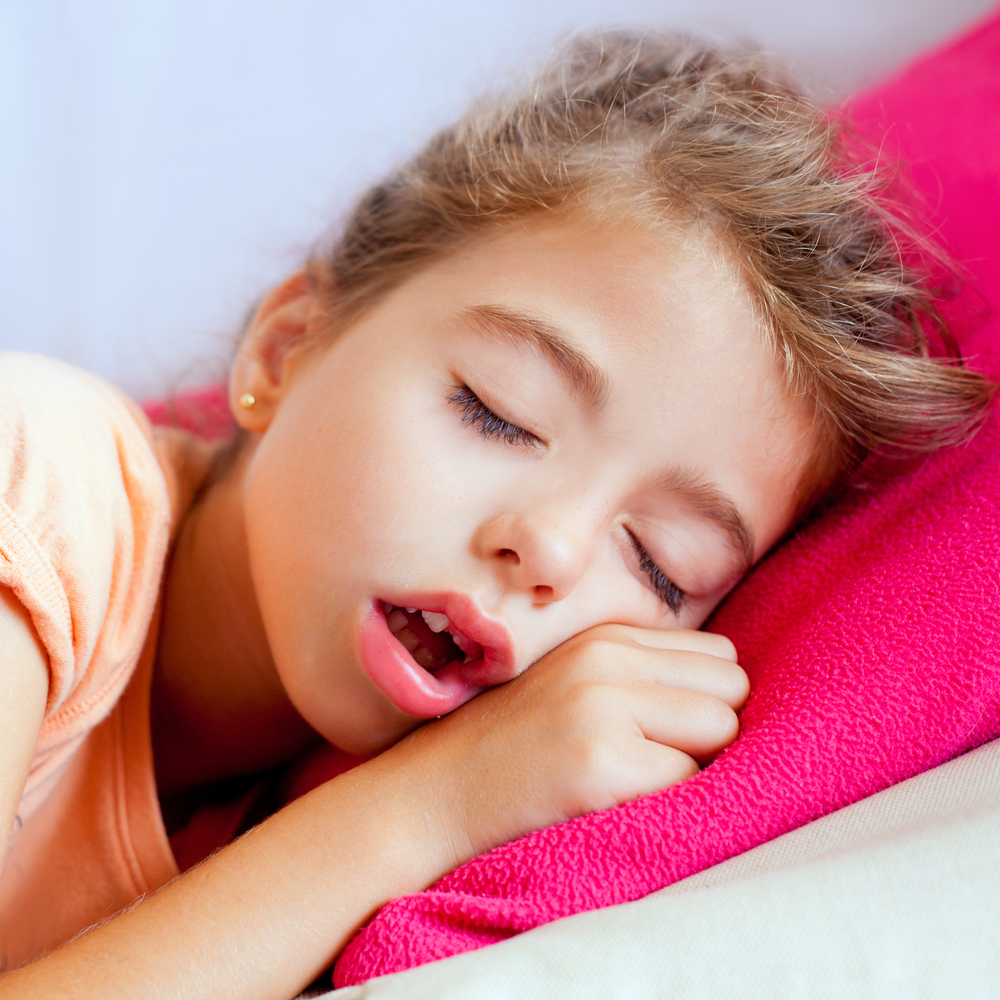
Awareness of sleep apnea as a public health issue has blossomed in recent years, but there’s still the idea in some peoples’ heads that it only applies to adults. Some still mistakenly tend to think of sleep apnea as a condition unique to overweight, middle-aged men, like gout, hypertension, and type II diabetes. Wrong! None of those conditions are unique to one demographic, sleep apnea included! Children can most definitely have sleep breathing disorders and should be routinely screened for OSA when they present symptoms and risk factors.
When you look at some of the success stories of diagnosed and treated sleep apnea patients, it makes you wonder how much a patient’s life would have changed if they had been diagnosed much earlier in life. We now have the capabilities to do this, and children can easily be tested in the same way that adults are. However, in order for this to have the same impact on pediatric OSA sufferers that it’s had on adults, we have to spread awareness of the red flags. We have to let parents know what to look for and how to request a sleep study.
Potential Symptoms of Pediatric OSA
Just as with adult OSA, possibly the most noticeable warning sign is snoring. If the airway is obstructed you’re going to hear loud breathing coming from your child at night, if not noisy snoring itself. Children who breathe exclusively through the mouth when sleeping may also be at risk, even in the absence of snoring. Mouth breathing in general is not good for your health, as nasal breathing makes for better levels of blood oxygenation.
If you aren’t in the habit of observing your child sleep (i.e., if his bedroom is on the other side of the hall, he keeps the door shut) it’s worth your time to do a little creeping around and watch your child when he is in a deep sleep at night. Listen in two or three hours after he falls asleep. If your child gasps, has an irregular rhythm to his breathing, has long pauses between breaths, or seems to have generally pained or laborious breathing at night, these may be signs of OSA. Some kids may sleep in an unusual position with the mouth open, to keep their airway open, as well.
In addition to breathing habits at night, disturbed sleep is also a warning sign. Does your child wake frequently during the night? Does he wet the bed occasionally? Sleepwalking can also be a sign. With all these potential disturbances to a peaceful night of sleep, it’s no wonder that kids with OSA tend to feel sleepy in the morning, even after going to bed early and getting the appropriate amount of sleep for their age. Daytime sleepiness may also be a sign of OSA, as are cognitive or behavioral problems. It’s estimated that as much as 25 percent of kids with diagnosed ADHD are also suffering from OSA, which sheds some serious light on the effects of poor sleep, if you ask me.
Just as with adults, kids with OSA may be overweight. Whether weight gain is a “cause of” or “result-of” OSA is not important. Just know that a child with a higher-than-healthy BMI should be watched for other potential symptoms. If you’ve tried to help your child lose weight with healthy diet and exercise changes to no avail, this can also be a warning sign that sleep problems are affecting his whole body.
Many children experience chronic swollen glands when they are younger (adenoids and tonsils), as a way of dealing with germs as the immune system is developing. This can lead to obstruction of the airway, but for most kids this tends to be less of a problem as they get older and their immune systems develop in other ways. For some children, OSA can be treated by having the tonsils and adenoids removed. If your child sounds like they have their nose pinched closed when they talk (nasal tone) and also shows possible signs of OSA, talk to your pediatrician, as you may need to consult with a pediatric ENT specialist.
Another thing to think about is family history. There is no “sleep apnea gene,” as far as we know, but many factors of physical development and morphology are inherited. The same factors that caused both of little Joey’s grandfathers to be OSA sufferers may be a perfect storm of inherited traits that will cause the condition in him, as well.
What Should You Do?
If you suspect your child may have a sleep breathing disorder, talk to your pediatrician. He or she can refer you to a children’s sleep specialist who can arrange a definitive polysomnography test at a sleep clinic. An overnight sleep study is really the only way to determine the presence and severity of sleep apnea.
If you get a positive diagnosis, there are several routes that may be taken. Sometimes surgery can correct the obstruction. Sometimes orthodontics can change the way the teeth and jaw fit together and encourage the airway to stay open better. Children can be fitted with CPAP machines and oral appliances, as well. The important thing is to start paying attention to the problem, and have a team of experts on hand who can help you and your child find a way to sleep and breathe better at night.
As a final note, here’s an easily sharable list of all those symptoms I described above.
Possible Signs of Pediatric Sleep Apnea
- Sleep breathing issues: snoring, gasping, choking, labored breathing, noisy breathing
- Disturbed sleep: bedwetting, sleepwalking, frequent waking
- Daytime sleepiness, low energy
- Difficult to wake, sleepy in the morning
- May be obese or overweight
- May have behavioral or cognitive problems (may have ADHD)
- May have chronic problems with tonsils or adenoids
- May have retarded growth, hormonal, or metabolic imbalance


